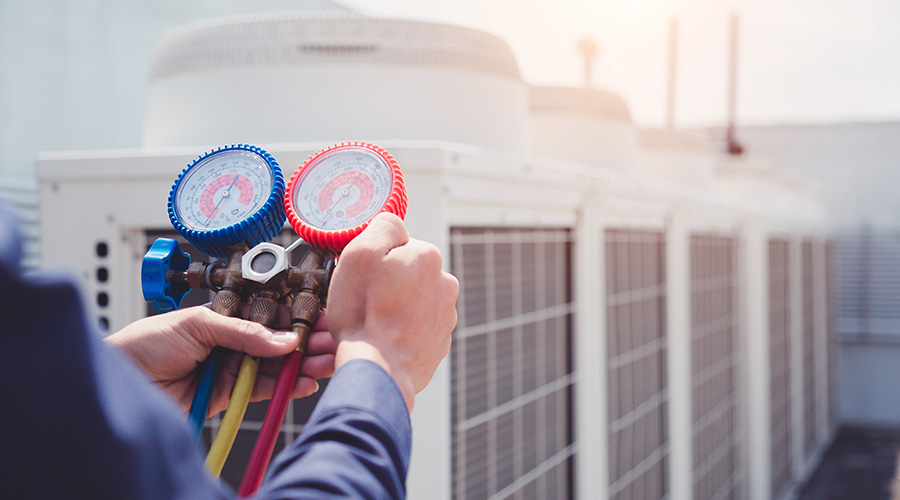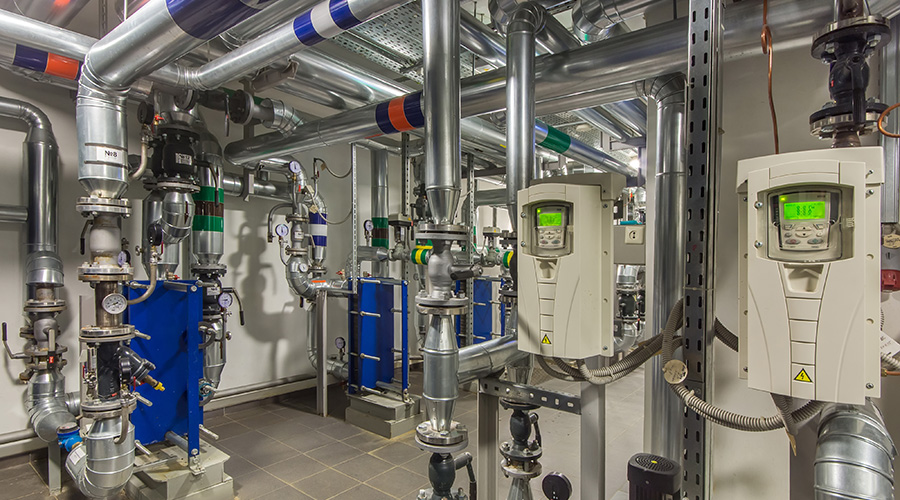Sub-Meters: Monitor Chillers, Pumps, Air Handlers
One area in which sub-metering technology excels is measurement and verification. Since technicians can install a sub-meter almost anywhere in the electrical-distribution or branch-circuiting system, managers can specify meters for use in areas in which they are most effective in gathering useful energy information. For managers in a large facility who want to understand the building's overall energy profile, these meters can help by monitoring individual pieces of equipment, including chillers, pumps, air handlers, and other HVAC-system components.
By collecting this data, managers can identify operational inefficiencies. Often, this step can reveal interesting trends, such as two or more large motor loads starting at the same time, which causes system spikes. By alternating or staggering these loads, managers can eliminate spikes and improve efficiency.
Sub-meters also can alert front-line technicians to the potential failure of a piece of equipment before it fails. Monitoring the current draw on a piece of equipment generates a profile. Once that piece of equipment starts to draw more than the recorded profile current, technicians can program an alert to let them know a potential problem exists. The technology allows technicians to take preventive measures before a costly failure occurs, and the resulting savings in downtime and maintenance costs can more than pay for installation of the sub-meters.
Related Topics:













